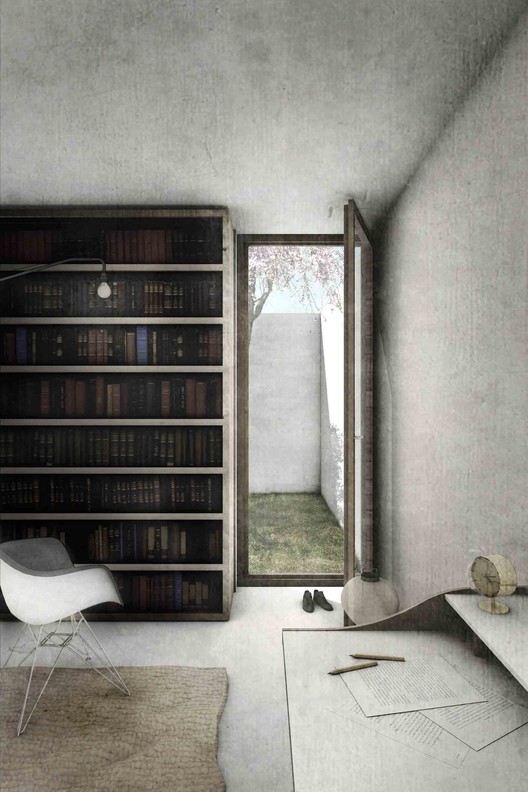
Studio BANG shared with us their winning proposal for the IBA Basel competition to design a settlement for commuters in Rheinweiler, Germany. With a strong focus on the last part of the commuters daily way back home, this new settlement is composed of 3 different row-housing units with 28 of them forming a structure that is slightly denser than the surrounding single-family house units. Thus, lower building costs and a closer community is enabled. More images and architects' description after the break.










